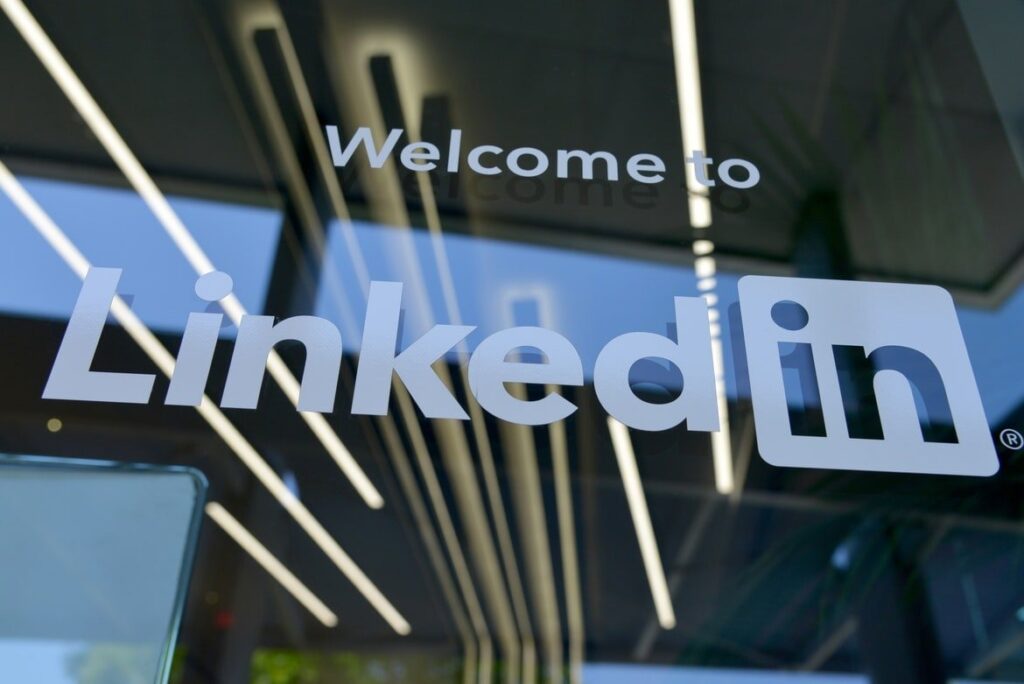In the modern professional landscape, having a strong online presence is paramount. LinkedIn, the world’s largest professional network, has emerged as a powerful platform for connecting with industry peers, showcasing your expertise, and discovering new career opportunities. Whether you’re a recent graduate seeking your first job, an experienced professional looking to expand your network, or an entrepreneur seeking to establish your brand, opening a LinkedIn account is an essential step. In this comprehensive guide, we’ll walk you through the process of creating a compelling LinkedIn profile, ensuring you make a lasting impression in the digital realm.

Step 1: Sign Up and Create Your Profile
To begin your journey on LinkedIn, visit www.linkedin.com and click on the “Join now” button prominently displayed on the homepage. You’ll be prompted to enter your email address or sign up using your Google or Apple account credentials.
Once you’ve provided your email and chosen a secure password, you’ll be guided through a series of steps to complete your basic profile information. This includes:
- Your name: Ensure your name is spelled correctly and matches your professional identity.
- Location: Specify your current city and country of residence.
- Employment status: Indicate whether you’re currently employed, self-employed, a student, or seeking new opportunities.
Next, you’ll have the opportunity to upload a professional profile picture. This is a crucial step, as your profile picture is often the first impression others will have of you on the platform. LinkedIn recommends using a high-quality headshot with a plain background, ensuring your face is clearly visible and reflecting a professional demeanor.
Step 2: Craft an Engaging Profile
With your basic information in place, it’s time to craft an engaging and informative profile that showcases your skills, experience, and achievements. Here are the key elements to focus on:
Headline
Your headline is a brief, attention-grabbing statement that summarizes your current job title or area of expertise. Craft a headline that accurately reflects your professional identity and entices others to learn more about you.
Summary
The summary section is your opportunity to provide an overview of your professional background, goals, and achievements. Use this space to highlight your unique value proposition, showcasing your skills, experience, and passions. Remember to keep your summary concise yet compelling, aiming to capture the reader’s interest and leave them wanting to learn more.
Work Experience
Chronologically list your work experience, including job titles, company names, employment dates, and a brief description of your roles and responsibilities. Don’t just state your duties; instead, focus on quantifiable achievements and how you contributed to the organization’s success.
Education
List your educational background, including the institutions you attended, degrees or certifications earned, and any relevant coursework or honors.
Skills
Identify and showcase your core skills and areas of expertise. LinkedIn allows you to add a wide range of skills, from technical proficiencies to soft skills like communication and leadership.
Step 3: Build Your Network
One of the key advantages of LinkedIn is the ability to connect with professionals in your industry, expand your network, and uncover new opportunities. Start by connecting with people you know, such as colleagues, classmates, or friends, by using the “Connect” feature.
Additionally, you can leverage LinkedIn’s search functionality to find and connect with professionals in your desired field or industry. When sending connection requests, always include a personalized note explaining the reason for your connection and how you’re connected.
Engage with your network by liking, commenting on, and sharing pertinent content that your connections have posted. This not only helps you stay informed about industry trends but also increases your visibility and establishes you as an active participant in your professional community.
Step 4: Optimize Your Profile for Visibility
To maximize the impact of your LinkedIn profile, consider the following optimization strategies:
Customize Your Profile URL
LinkedIn allows you to customize your profile URL, making it more professional and memorable. A customized URL is easier to share and can be included on your resume, business cards, or other professional materials.
Leverage Keywords
Incorporate relevant keywords throughout your profile, including your headline, summary, work experience, and skills sections. This will increase the likelihood of your profile appearing in search results when recruiters or potential connections search for specific terms or expertise.
Stay Active and Engaged
Regularly update your profile with new achievements, skills, or experiences. Share insightful content related to your industry, and engage with your network by commenting on posts or participating in group discussions. Consistent activity and engagement will help you remain visible and establish yourself as a thought leader in your field.
Unleashing Professional Potential
By following these steps and creating a compelling LinkedIn profile, you’ll be well on your way to unlocking new professional opportunities, expanding your network, and positioning yourself as an expert in your industry. Remember, your LinkedIn profile is a living, dynamic representation of your professional brand, so continue to nurture and refine it as you grow in your career.
Embrace the power of LinkedIn, and let your profile be the catalyst for meaningful connections, valuable insights, and career advancement in the ever-evolving professional landscape.










Add Comment